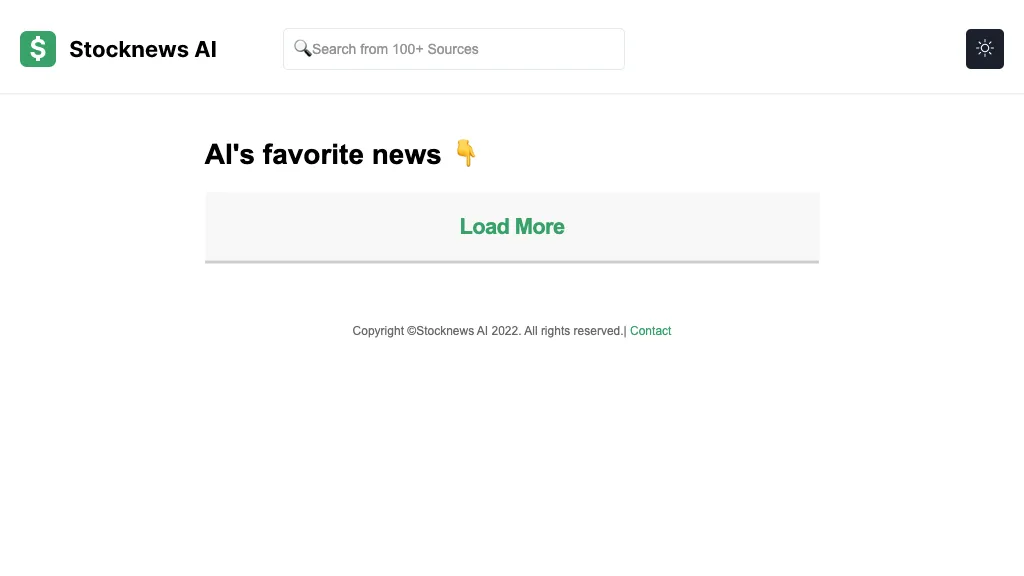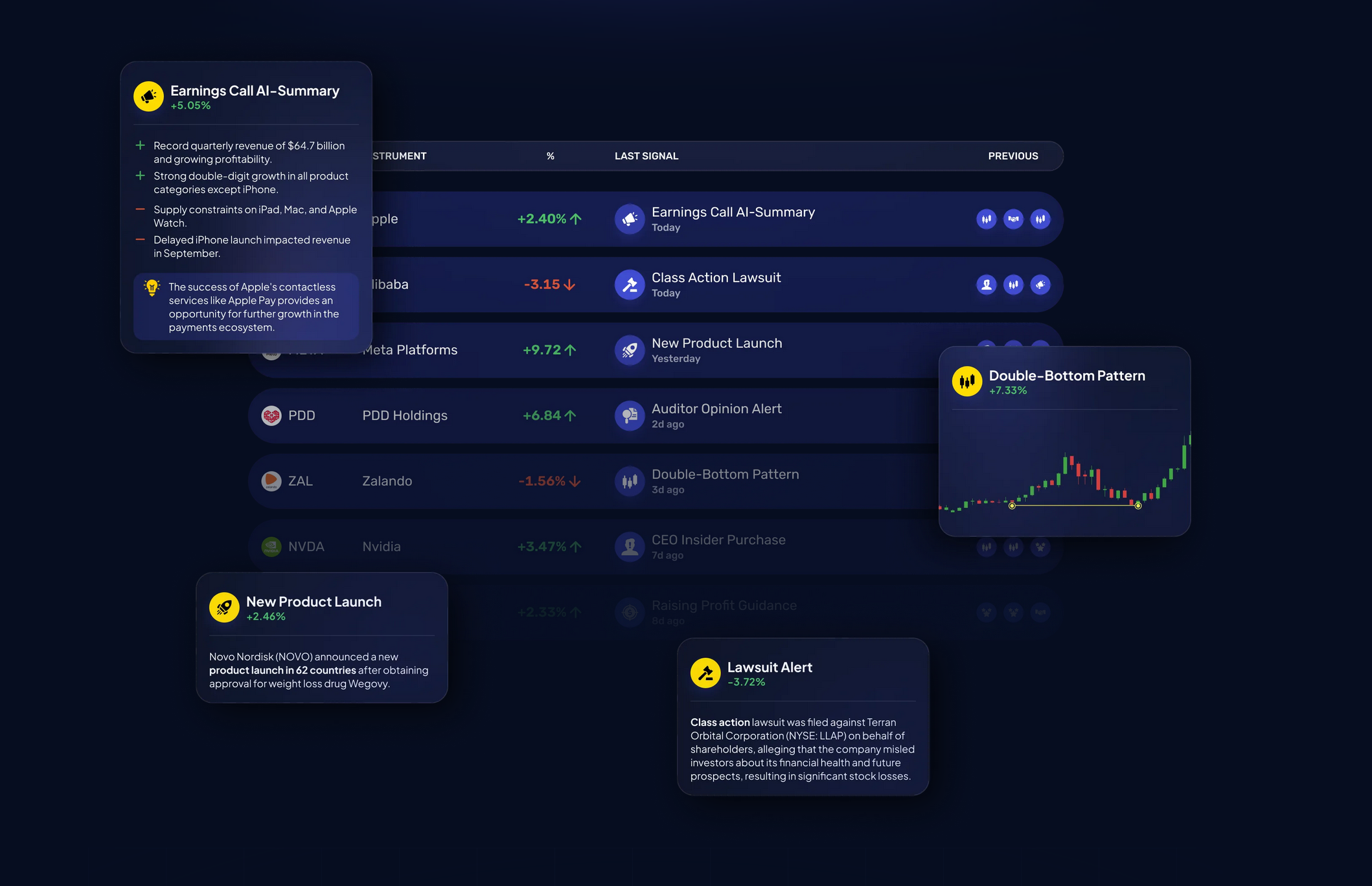Since they are often handling sensitive financial information, and even personal information, the security and protection of the data is crucial. An attack or mishandled data could result in significant financial losses as well as reputational damage. Here are 10 suggestions on how to evaluate the privacy and security options of these platforms.
1. Evaluation of Data encryption
Encryption while in transit: Make sure the platform is using SSL or other secure protocols (e.g. TLS/SSL), to encrypt information that is transferred between your devices and servers.
Encryption at rest: Verify that any sensitive information stored on the platform's servers is secured with strong encryption standards (e.g., AES-256).
Make sure the platform supports end-toend encryption of sensitive data or communications.
2. Review Authentication Mechanisms
Two-factor authenticaiton (copyright): Make sure that your platform supports this so that you can add a layer of extra security.
Biometric authentication: Check if your platform has biometric login options for mobile applications (e.g. fingerprint or facial recognition).
Password policy: Verify if the platform enforces strict password policies (e.g. minimum length and requirements for complexity).
3. Check for Compliance
Financial Regulations: Make sure that the platform adheres to relevant financial regulations.
Laws on data protection. Check compliance with laws governing data privacy in your location (e.g. CCPA, GDPR) if it is applicable.
Audit certifications. Verify that the platform you're looking at has passed third-party tests of security or certificates.
Review Controls for Access to Data
Role-based access: Ensure that the platform supports role-based control (RBAC) that restricts access to data only to authorized users.
Permission levels - Verify that you are able to give different permissions to members or members.
Activity monitoring: See whether the platform tracks and monitors the user's activity for any suspicious activity.
5. Assess the vulnerability of your organization.
Regular updates Make sure to update the software frequently to ensure it's always current.
Penetration testing: Check to see if the platform is regularly tested for penetration to identify and rectify security flaws.
Programs for bug bounty: See whether the platform has a bug bounty program to incentivize external security researchers to identify vulnerabilities.
6. Evaluate Data Privacy Policies
Transparency. Read the platform's Privacy Policy to learn the types of information collected and how it will be used.
Data minimization: Ensure the platform only collects the information necessary for its functionality.
Third-party Sharing: Verify whether the platform shares its data with third-parties and, if so and under what conditions.
7. Make sure you are using a Secure API Usage
API security - Check that the API of your application uses secure authentication methods such as OAuth or API keys, and also encrypts any data exchanges.
Rate limitation - Make sure that the API has rates that limit abuse or brute force attacks.
Check for access logs. The platform should record API usage and access to audit and monitor.
8. Review Incident Response, Recovery
Incident response plans: Check whether the platform you're using has a clearly-defined incident response plans. This plan should cover handling security breaches and data breaches.
Check the platform's notification policies to determine if the platform informs users quickly when there's an attack on security.
Check the data backups as well as disaster recovery plans.
9. Review Physical Security Measures
Security of the data center - Make sure that the server of the platform is hosted in secure data centers with physical security (e.g. surveillance and access control).
Redundancy: Determine whether the platform is equipped with redundant systems in order to guarantee that data is available in the event an hardware failure.
Geographic distribution: Make sure that data is spread across several geographical locations to increase the protection.
10. Test privacy controls for users
Data deletion: Ensure that the platform allows you to delete your personal data for good if you cease using the service.
Privacy settings: Ensure that your platform has privacy settings so you can control which data is available or shared.
Make sure that you know if the process of anonymization is applied to data that's used in machine learning or analytics.
Bonus Tips
Reputation and reviews from users Review user feedback and reviews to gauge the platform's track of security and privacy.
Trial period for free: Experience the privacy and security features using a demonstration.
Customer support: Make sure that the platform has a solid customer support for any security-related concerns or issues.
Use these guidelines to assess the privacy and security level of AI platforms for stock prediction and analysis. So your financial and personal details are protected. Secure platforms protect your assets and builds confidence in its services. See the recommended ai investment app for website info including ai investment app, ai investing platform, incite, chart ai trading assistant, ai investing app, investment ai, ai for stock predictions, ai trading tools, ai investing, best ai trading software and more.

Top 10 Tips For Assessing The Risk Management Of Ai Stock Predicting/Analyzing Trading Platforms
Any AI trading platform that predicts or analyzes stocks has to incorporate risk management that is crucial to safeguard your capital and minimizing losses. A platform with robust tools for managing risk will aid in the navigating of the volatile market and enable you to make educated choices. Here are the 10 best ways to evaluate these platforms' risk management capabilities:
1. Check out Stop-Loss and Take Profit Features
Customizable levels - Ensure that the platform allows you to adjust your stop-loss, take profit and profit level for every strategy or trade.
Find out if your platform supports trailing stop that adjusts itself automatically in the event that the market moves toward your.
Guaranteed stops: Verify whether the broker offers guarantee stop-loss orders. These guarantee that your position will be closed at the price you specified, even in volatile markets.
2. Calculate Position Size Tools
Fixed amount. Be sure to have the option to define the size of your positions in terms of the fixed dollar amount.
Percentage of Portfolio Find out if it is possible to establish the size of your position in percentage of your portfolio total so that you can manage risk proportionally.
Risk-reward ratio: Check if the platform supports setting risk-reward ratios for specific trades or strategies.
3. Make sure you have Diversification Support
Multi-asset trade: Make sure that your platform can handle trading across different asset classes (e.g. ETFs, stocks and forex) to diversify your portfolio.
Sector allocation: Find out if your platform has tools for monitoring and managing the exposure of your sector.
Geographic diversification: Make sure that the platform allows trading in international markets to spread geographic risk.
4. Assess margin and leverage control
Margin requirement: Make sure that the platform is clear about any margin requirements that apply to leveraged trades.
Be sure to check for leverage limits. You can utilize this option to manage your risk exposure.
Margin Calls: Ensure that the platform sends out prompt notifications of margin calls to prevent the liquidation of your account.
5. Assessment Risk Analytics and reporting
Risk metrics: Make sure that the platform includes important risk indicators, such as Sharpe ratio and Drawdown, to help you manage your portfolio.
Scenario analysis: Find out whether the platform permits you to model different market scenarios to assess potential risks.
Performance reports: Check if you can get detailed performance reports through the platform, which include risk-adjusted results.
6. Check for Real-Time Risk Monitoring
Monitoring your portfolio: Make sure that the platform provides real-time tracking of your portfolio risk exposure.
Notifications and alerts: Check whether the platform offers real-time alerts on risks-related events (e.g. margin breaches and stop-loss triggers).
Risk dashboards: Make sure your platform offers customizable risk dashboards to give you a full overview of your risk profile.
7. Tests of Backtesting, Stress Evaluation
Stress testing. Make sure that the platform allows you to stress test the portfolio or strategy under extreme market conditions.
Backtesting: Find out if the platform supports backtesting strategies based on old data to gauge the risk and effectiveness.
Monte Carlo: Verify the platform's use of Monte Carlo-based simulations for assessing risk and modeling a range or possible outcomes.
8. Risk Management Regulations - Assess the compliance
Check that the platform satisfies the regulatory compliance requirements (e.g. MiFID II regulations in Europe, Reg T regulations in the U.S.).
Best execution: Make sure that the platform is in line with best execution practices. This will ensure that trades are executed according to the highest price possible to avoid the chance of slippage.
Transparency: See whether the platform has clear and transparent disclosures about risks.
9. Check for User-Controlled Risk Parameters
Customized risk rules: Make sure that your platform permits you to define custom risk management guidelines (e.g. maximum daily loss or maximum size of the position).
Automated risk controls You should check whether your platform is able to enforce risk management rules based on the parameters you've set.
Manual overrides: Check whether the platform permits manual overrides to automate risk controls in the event of emergency.
Review Case Studies, User Feedback, and Case Studies
Review by users: Conduct research to determine the platform's efficiency in risk management.
The case studies or testimonials must highlight the platform’s capability to handle risks.
Forums for community members Find out if there's an active community of traders who share their tips and strategies for managing risk.
Bonus Tips
Trial period: You can avail a demo or a free trial to experience the risk management features on the platform.
Support for customers: Ensure that the platform offers a solid support for any queries or issues that are related to the management of risk.
Educational resources - See whether the platform provides instructional resources and videos on best practices in risk management.
Following these tips can assist you in evaluating risk management capabilities provided by AI platform for predicting or analyzing stocks. You'll be able to select a platform that will ensure your capital is protected while minimizing potential losses. To stay out of unstable markets and to achieve long-term gains in trading you require a reliable software for managing risk. Follow the best ai share trading for more advice including free ai stock picker, ai stock trader, ai stock prediction, best ai stock prediction, best ai stocks to buy now, ai software stocks, ai stock predictions, investing with ai, ai stock investing, best ai trading platform and more.
